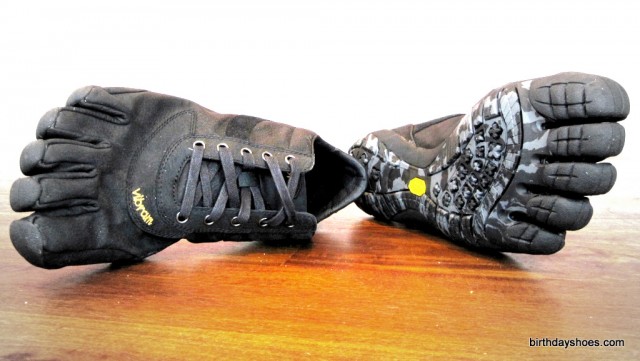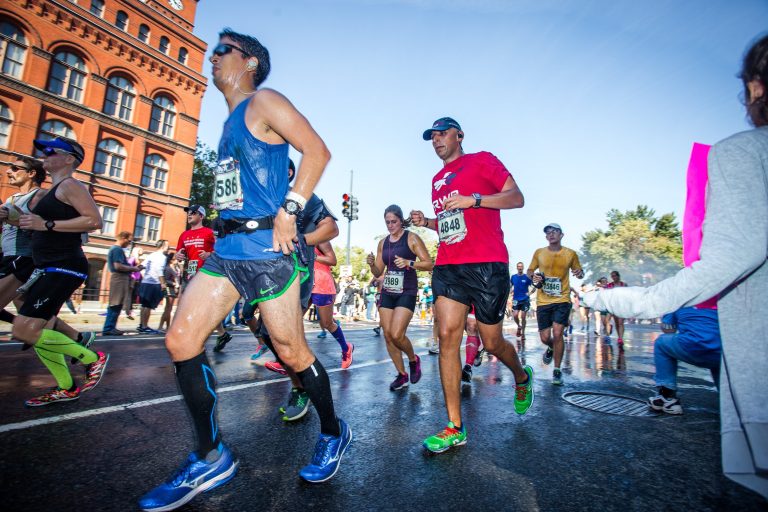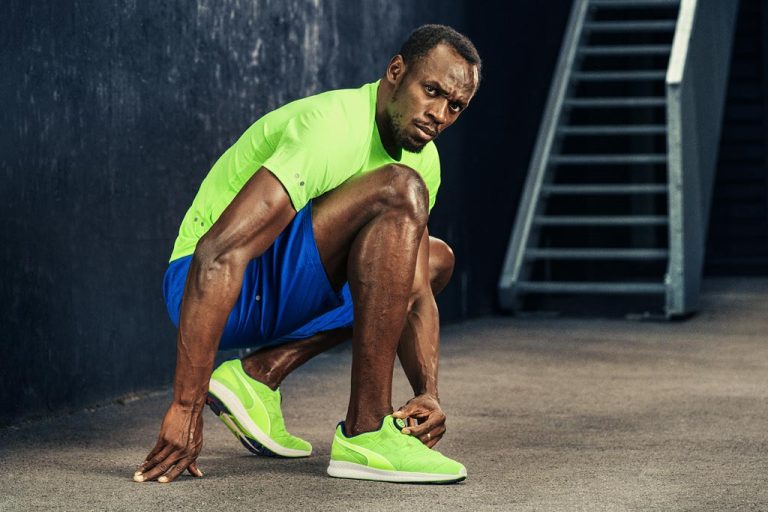Why are Some Running Shoes Illegal?
Some running shoes are illegal due to a controversial technology known as carbon plates, which offer an unfair advantage to runners by providing extra propulsion. This innovation has led to debates and concerns regarding fairness and the integrity of the sport, prompting the governing bodies to regulate the use of such shoes in competitive races.
Running shoes have evolved over the years, with manufacturers constantly introducing new technologies to enhance performance. However, the introduction of carbon plates has sparked a significant controversy in the running community. While some athletes argue that the technology helps them achieve better results, others argue that it gives an unfair advantage.
This has led to a growing concern about the integrity of races and the need for rules to maintain a level playing field. As a result, certain running shoes equipped with carbon plates have been deemed illegal in competitive events, highlighting the ongoing debate surrounding athletic technology and its impact on fair competition.
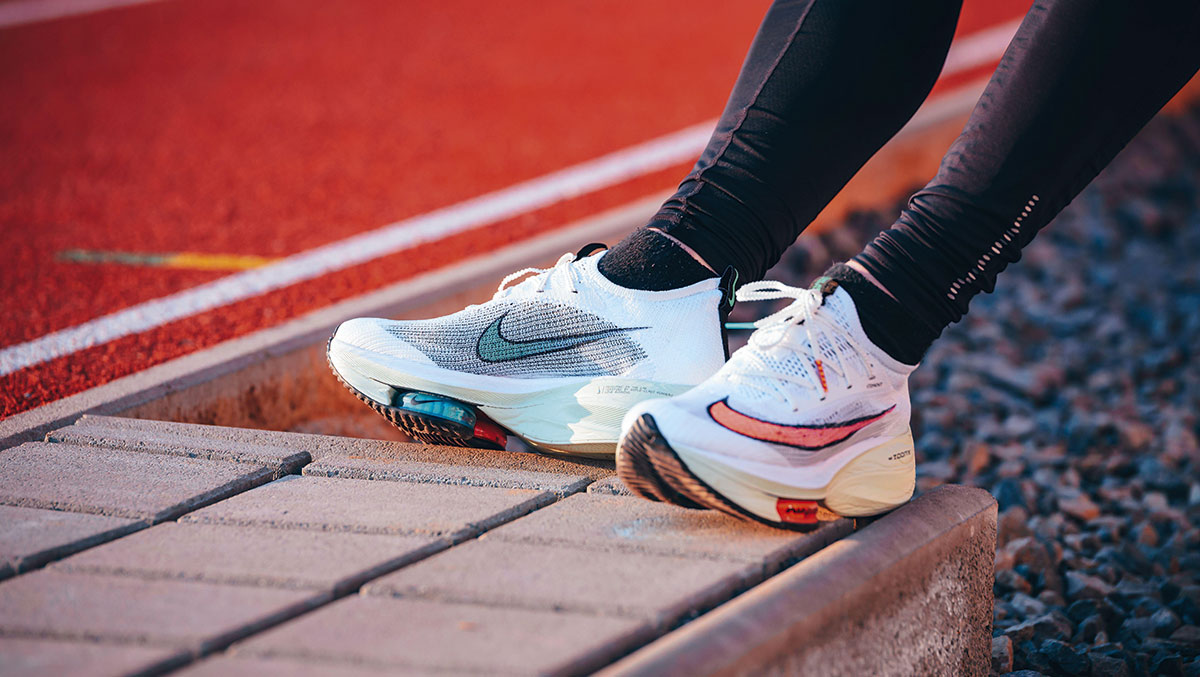
Credit: www.sciencefocus.com
Controversy Over Shoe Technology
There has been a heated debate in the running community about the legality of certain running shoes. Many of these shoes are equipped with high-tech features that claim to enhance performance and improve running efficiency. The controversy surrounding these shoes revolves around concerns about unfair advantages and potential performance enhancement.
One of the main advantages of these high-tech running shoes is their ability to provide superior cushioning and shock absorption. The advanced foam and midsole technologies used in these shoes help reduce stress on the joints and muscles, minimizing the risk of injuries. Additionally, some shoes are designed with carbon plates and energy-returning materials, which claim to increase running economy and provide an extra propulsive feel.
Opponents argue that these shoes may give runners an unfair advantage by enhancing their performance beyond natural capabilities. The carbon plates and energy-returning materials, for instance, could potentially amplify a runner’s stride length and efficiency, leading to faster times. This has raised concerns about the integrity of competitive races and the level playing field for all participants.
Impact On Competitive Running
Running shoes play a crucial role in competitive running, with athletes constantly seeking the right balance between comfort, support, and performance. However, certain running shoes have sparked controversy, leading to their ban in competitive events. These banned shoes, often equipped with innovative technology and materials, have had a significant impact on the sport, particularly in terms of records and rankings.
Athletes and coaches are divided in their opinions regarding the use of these shoes. Some argue that the technology provides an unfair advantage, altering an athlete’s natural running mechanics and giving them an edge over their competitors. Others believe that innovation should be embraced, viewing these shoes as a natural progression in the sport.
Since the introduction of banned running shoes, governing bodies and organizations have had to reassess their rules and regulations. They face the challenge of maintaining fairness and ensuring that the playing field remains level. As the debate continues, it is evident that the impact of these shoes extends far beyond individual performances, with the rules and future of competitive running hanging in the balance.
Regulatory Responses
Certain running shoes may be deemed illegal due to regulatory responses concerning performance-enhancing technologies, creating a contentious issue in the athletic footwear industry. Enforcement measures aim to maintain fairness in sports and ensure compliance with rules and standards. This scrutiny highlights the evolving landscape of sports equipment regulation.
| Regulatory Responses | Rules by Athletic Associations |
| Certain running shoes have been deemed illegal by running associations. | Athletic governing bodies establish rules regarding shoe technology. |
| Shoes must undergo testing procedures to ensure compliance. | Verification process is crucial for athletic competitions. |
Legal And Ethical Considerations
Sure, here’s the HTML formatted response for the blog post:Running shoe brands must ensure their designs comply with trademark laws to avoid infringement. This protects original designs and logos. Fair competition is crucial for athletes. Shoes that offer performance advantages could skew results. Brands should ethically promote performance and innovation
Future Of Running Shoe Regulations
Running shoe regulations are evolving due to innovations in shoe technology. Manufacturers are pushing the boundaries of materials and designs to enhance performance. However, this has led to concerns about fairness in competitions. Regulators aim to strike a balance between allowing innovation and ensuring a level playing field. Some shoes are banned due to providing an unfair advantage, stirring debates about the future of running shoe regulations.

Credit: www.youtube.com
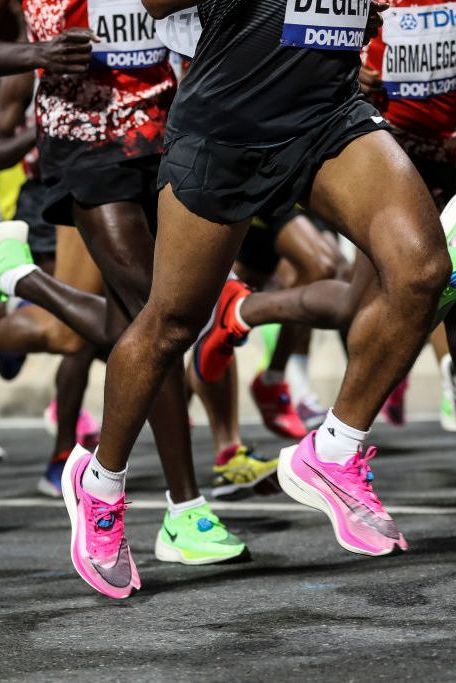
Credit: www.runnersworld.com
Frequently Asked Questions For Why Are Some Running Shoes Illegal?
What Is An Illegal Running Shoe?
An illegal running shoe refers to a shoe that does not meet the legal requirements and regulations set by the authorities. It may include counterfeit or fake shoes, shoes that violate trademark laws, or shoes that don’t comply with safety standards.
Why Are Adizero Banned?
Adizero shoes are banned because they provide an unfair advantage, allowing athletes to run faster. Their lightweight construction and advanced technology give users a performance boost, but this goes against the rules of fair competition.
What Running Shoes Are Banned In Triathlons?
Triathlons ban shoes with springs, plates, or blades that provide an unfair advantage. It’s best to check the official rules beforehand.
Conclusion
Ultimately, the regulations surrounding running shoes stem from a desire to maintain fairness and prevent technological advantages. By understanding the reasons behind certain restrictions, runners can make informed decisions on the type of footwear they choose. Embracing these guidelines ensures a level playing field in competitive racing events.


